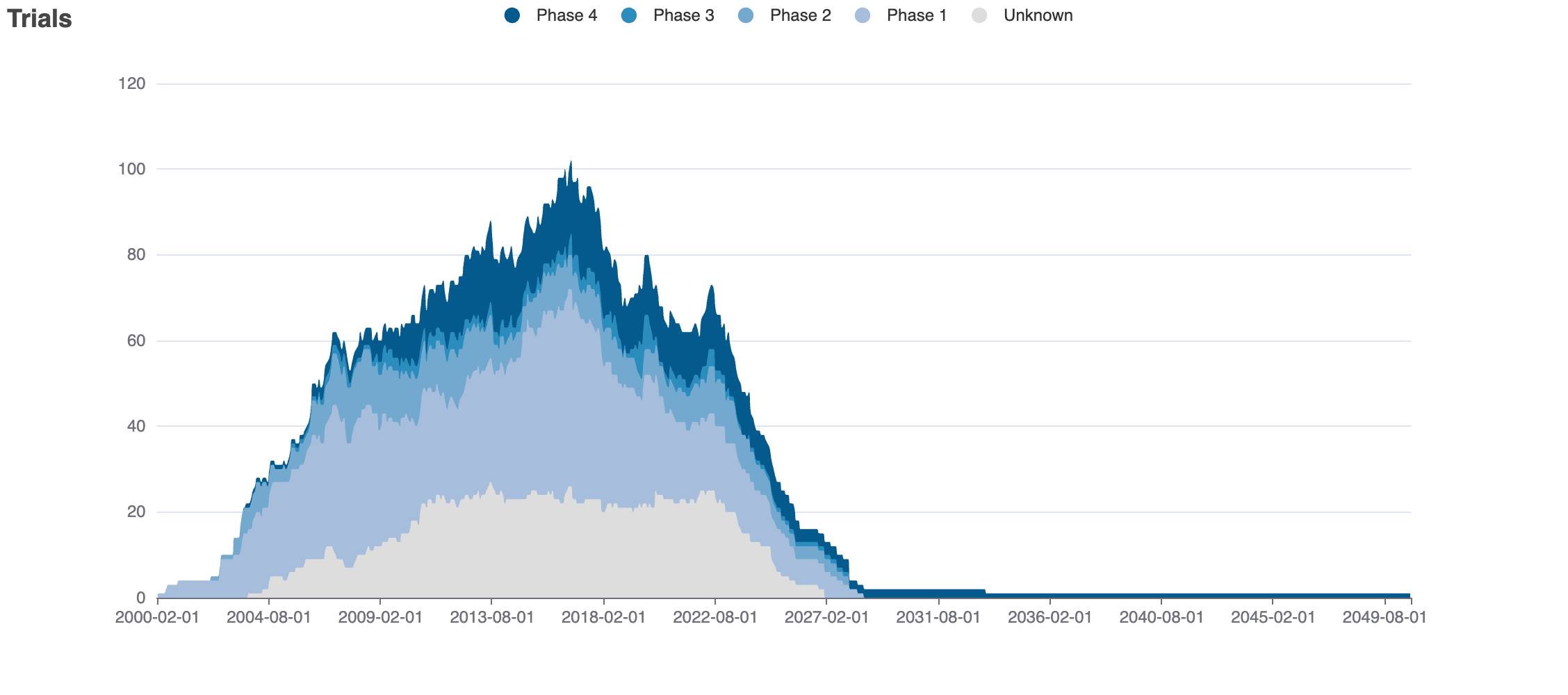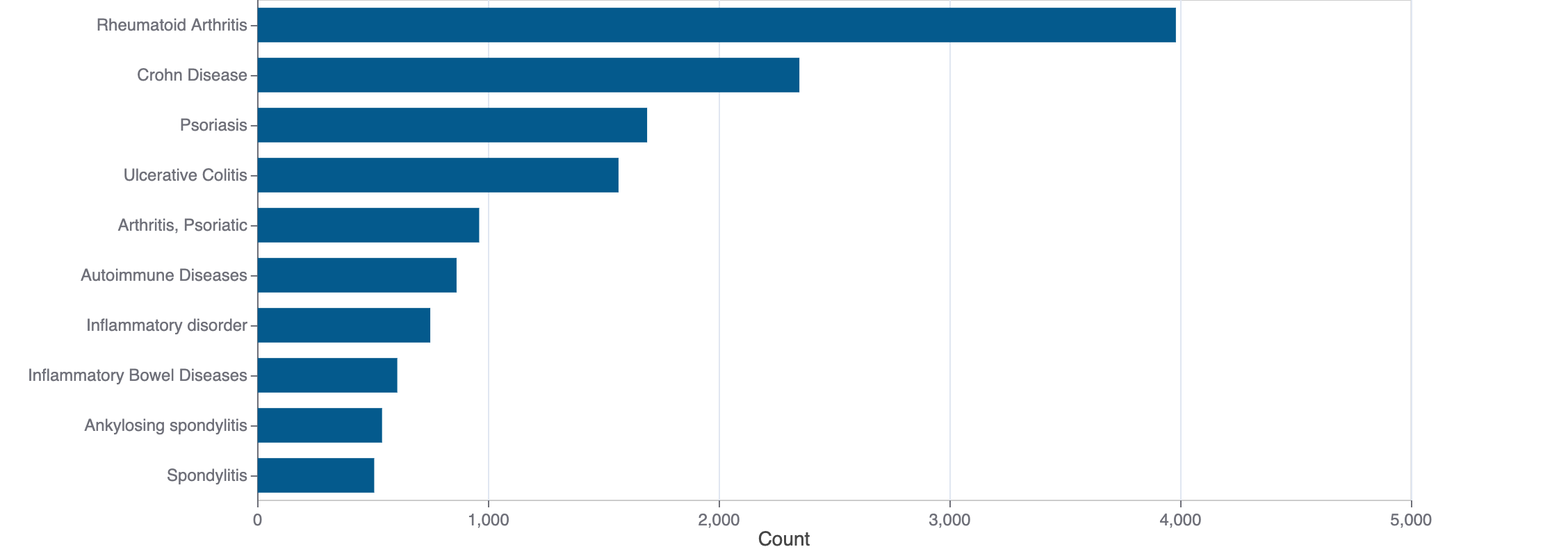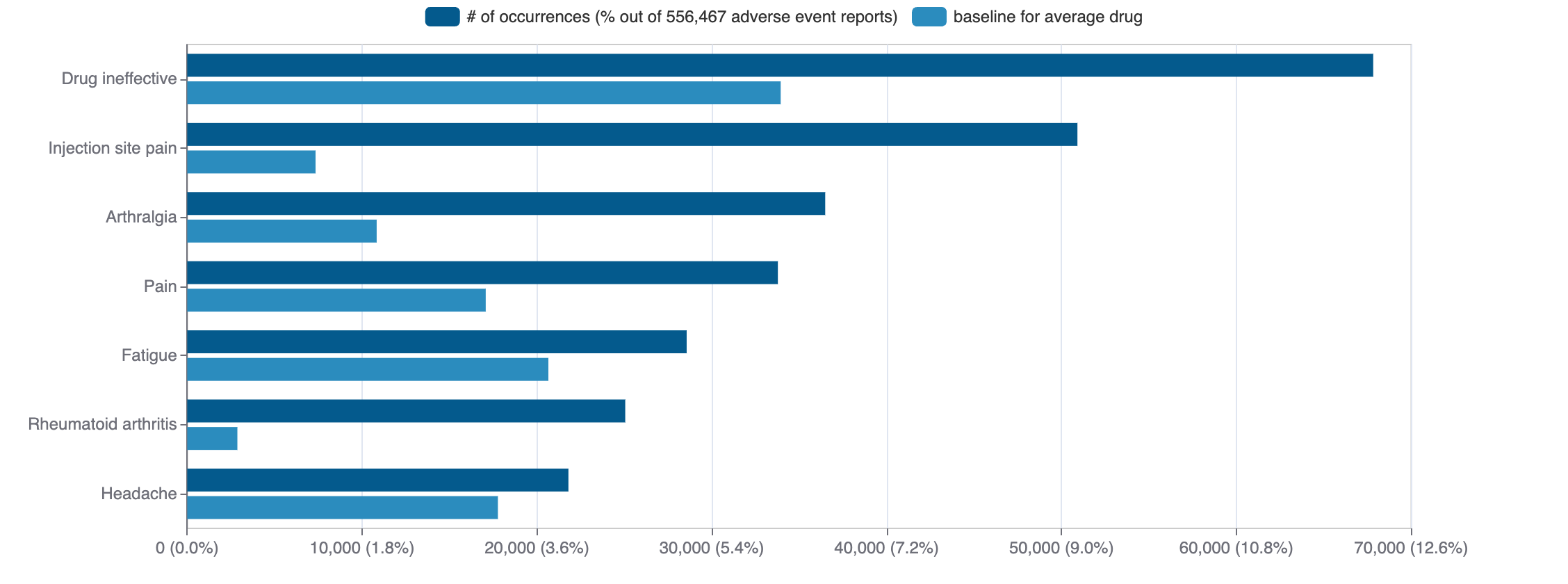Scopolamine
Transderm Scop (scopolamine) is a small molecule pharmaceutical. Scopolamine was first approved as Transderm scop on 1982-01-01. It is used to treat colonic diseases, diverticulitis, dysentery, facial paralysis, and iridocyclitis amongst others in the USA. The pharmaceutical is active against muscarinic acetylcholine receptor M1 and muscarinic acetylcholine receptor M3. In addition, it is known to target muscarinic acetylcholine receptor M2, muscarinic acetylcholine receptor M4, and muscarinic acetylcholine receptor M5.
Download report
Favorite
Commercial
Trade Name
FDA
EMA
Transderm scop (generic drugs available since 2015-01-30)
Drug Products
FDA
EMA
New Drug Application (NDA)
New Drug Application (NDA)
Abbreviated New Drug Application (ANDA)
Abbreviated New Drug Application (ANDA)
Scopolamine
Tradename | Company | Number | Date | Products |
|---|---|---|---|---|
| TRANSDERM SCOP | Baxter | N-017874 RX | 1982-01-01 | 1 products, RLD, RS |
Labels
FDA
EMA
Brand Name | Status | Last Update |
|---|---|---|
| scopolamine trandermal system | ANDA | 2023-02-22 |
| transderm scop | New Drug Application | 2019-03-01 |
Indications
FDA
EMA
Indication | Ontology | MeSH | ICD-10 |
|---|---|---|---|
| colonic diseases | — | D003108 | — |
| diverticulitis | EFO_1001460 | D004238 | K57 |
| dysentery | EFO_1001869 | D004403 | — |
| facial paralysis | — | D005158 | G51.0 |
| iridocyclitis | HP_0001094 | D015863 | H20 |
| postencephalitic parkinson disease | EFO_1001402 | D010301 | G21.3 |
| vasomotor rhinitis | EFO_0007533 | D012223 | J30.0 |
Agency Specific
FDA
EMA
No data
Patent Expiration
No data
ATC Codes
A: Alimentary tract and metabolism drugs
— A04: Antiemetics and antinauseants
— A04A: Antiemetics and antinauseants
— A04AD: Other antiemetics in atc
— A04AD01: Scopolamine
— A04AD51: Scopolamine, combinations
N: Nervous system drugs
— N05: Psycholeptics
— N05C: Hypnotics and sedatives
— N05CM: Other hypnotics and sedatives in atc
— N05CM05: Scopolamine
S: Sensory organ drugs
— S01: Ophthalmologicals
— S01F: Mydriatics and cycloplegics
— S01FA: Anticholinergic mydriatics and cycloplegics
— S01FA02: Scopolamine
HCPCS
No data
Clinical
Clinical Trials
8 clinical trials
View more details

Mock data
Subscribe for the real data
Subscribe for the real data
Indications Phases 3
Indication | MeSH | Ontology | ICD-10 | Ph 1 | Ph 2 | Ph 3 | Ph 4 | Other | Total |
|---|---|---|---|---|---|---|---|---|---|
| Acne vulgaris | D000152 | EFO_0003894 | L70 | — | 1 | 3 | — | 2 | 6 |
Indications Phases 2
No data
Indications Phases 1
No data
Indications Without Phase
No data
Epidemiology
Epidemiological information for investigational and approved indications
View more details
Drug
General
| Drug common name | SCOPOLAMINE |
| INN | — |
| Description | [(1S,5R)-9-Methyl-3-oxa-9-azatricyclo[3.3.1.02,4]nonan-7-yl] (2S)-3-hydroxy-2-phenylpropanoate is a 3-hydroxy carboxylic acid. |
| Classification | Small molecule |
| Drug class | Antimuscarinic Deliriant Antiemetic Amnestic |
| Image (chem structure or protein) | |
| Structure (InChI/SMILES or Protein Sequence) | CN1[C@H]2C[C@H](OC(=O)[C@H](CO)c3ccccc3)C[C@@H]1[C@H]1O[C@@H]21 |
Identifiers
| PDB | — |
| CAS-ID | 51-34-3 |
| RxCUI | 9601 |
| ChEMBL ID | CHEMBL569713 |
| ChEBI ID | 16794 |
| PubChem CID | 153311 |
| DrugBank | DB00747 |
| UNII ID | — |
Target
Alternate
CHRM2
CHRM2
CHRM4
CHRM4
CHRM5
CHRM5
Variants
Clinical Variant
No data
Financial
No data
Trends
PubMed Central
Top Terms for Disease or Syndrome:

Mock data
Subscribe for the real data
Subscribe for the real data
Additional graphs summarizing 17,050 documents
View more details
Safety
Black-box Warning
No Black-box warning
Adverse Events
Top Adverse Reactions

Mock data
Subscribe for the real data
Subscribe for the real data
73 adverse events reported
View more details
Premium feature
Learn more about premium features at pharmakb.com
Learn more
